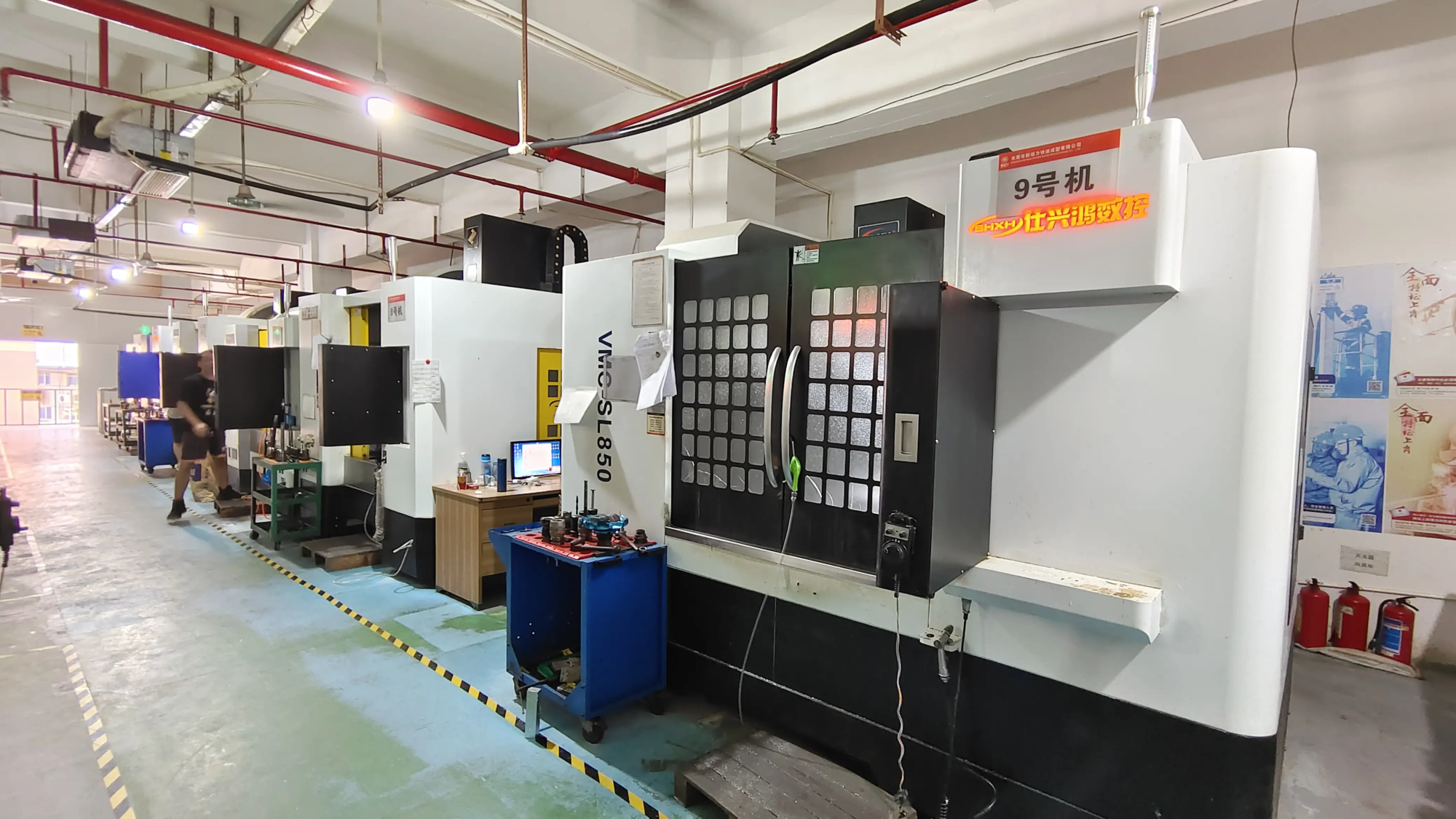Unlock creativity: Articulated 3D prints in Tinkercad design
Models of movable joints of articulated 3D prints (with snakes, dragons or mechanical weapons) are combined with engineering technology. These designs attract manufacturers by turning static printing into dynamic creation. Although professional CAD tools exist, Tinkercad A free, browser-based platform for beginners and amateurs. In this guide, I will share feasible techniques to design your own articulated prints without prior experience.
Why express a model?
Expressions convert 3D printing into functional objects:
- Toys and collectibles: Flexible lizard, action characters or chain email.
- Wearable devices: Adjustable bracelet or hinge.
- prototype: Imitate unassembled mechanical joints.
Unlike multi-part components, the articulated design will be printed as a single unit, reducing post-processing. Tinkercad’s intuitive drag-and-drop interface makes it surprisingly accessible.
Step-by-step workflow
1. Main joint design foundation
- Gap tolerance: Leave a gap of 0.2-0.5mm between moving parts. Too few = fusion joints; too many = weak links.
- Hinge type:
- Ball shooting: Balls nested in cups (perfect for organic shapes).
- Pin joint: Cylindrical pin through interlocking holes (suitable for robotics).
- Rules of thumb: joint thickness ≥2X nozzle diameter (for example, 0.4mm nozzle ≥0.8mm).
2. Build a modular segment (for example: lizard spine)
- On Tinkercad, drag field (Head section) and one cylinder (body department) to work area.
- Create a socket: Use smaller spheres as one "Hole" Purpose. Adjust the diameter for snapshot.
Form connector: Use the connector element to copy segments, rotate and connect. Use built-in alignment ruler tool.
For prompts: Group (ctrl+g) Subdivision No Joints, then ungroups to perfect connections – Tinkercad’s grouping workflow improves accuracy.
3. Optimize printability
- direction: Print joints parallel to the build board to avoid support (e.g., hinges upright).
- Clear the test: Before printing the full model, shrink the individual connector to test friction.
- Material is important:
- PLA: Affordable, but fragile to high-pressure joints.
- TPU: Flexible – Ideal for tension-based joints.
- Nylon/Pek: Functional parts durable – re-controlled printing environment.
Make the design come to life with professional grade scores
For creators who are solving ambitious projects (animal limbs, high gears or metal prototypes), with rapid manufacturing experts provide structural integrity of the composition. exist Greatwe solve complex prototype challenges:
- Industrial SLM (Selective Laser Melting) 3D Printer Used for long-lasting stainless steel, titanium or aluminum parts.
- Precise post-treatment: heat treatment, CNC refinement, polishing.
- One-stop customization for metals requiring high heat/chemical resistance.
Whether it is a prototype articulated robot or a flying component, Greglight bridges desktop Ideas to Industrial Reality.
in conclusion
3D printing of expression merges with practical engineering. Tinkercad unveils the mysterious message of the process – putting its simplicity on a prototype snake, jewelry, or custom mechanism within an hour. remember:
- Start with tolerance testing.
- Iterate using a scale model.
- Choose materials wisely for combined durability.
For efforts that require unparalleled accuracy (aerospace, automobiles, etc.), Great Provides metal-grade reliability. Now, bend your design muscles – fix statically to extraordinary!
FAQ
Q: Can I print clear parts without support?
Answer: Yes! Vertically lower the head and keep the drape angle <45°. The ball socket joints perform well here.
Q: Why do my Tinkercad joints merge during printing?
Answer: Increase the gap to 0.3-0.5mm. Reduce flow by 5% to avoid excessive repulsion.
Q: Which filament is the strongest for high-moving joints?
A: Nylon (PA12) or polycarbonate (PC). For metal durability, use Greatlight’s aluminum/steel printing.
Q: How complex is the articulated design of Tinkercad?
A: Although finite and Fusion 360, Tinkercad handles more than 50 segment models (e.g., segmented lampshades). use "Repeat and repeat" Improve efficiency.
Q: Can Greatlight print my clear Tinkercad design in metal?
Answer: Absolute. Exported as .stl, share specifications, we optimized for metal SLM printing of full-featured joints.
Q: Do you provide completion services for flexible prints?
Answer: Yes! Sand protein, dyeing or sealant for plastics; steam polishing of nylon; anodizing/powder coating of metals.
Freely designed. Prototype confidence. Let Greatlight handle rigorously – the vision of your expression becomes an unbreakable reality. Explore our [advanced metal prototyping solutions]() Used for projects that require peak performance.





